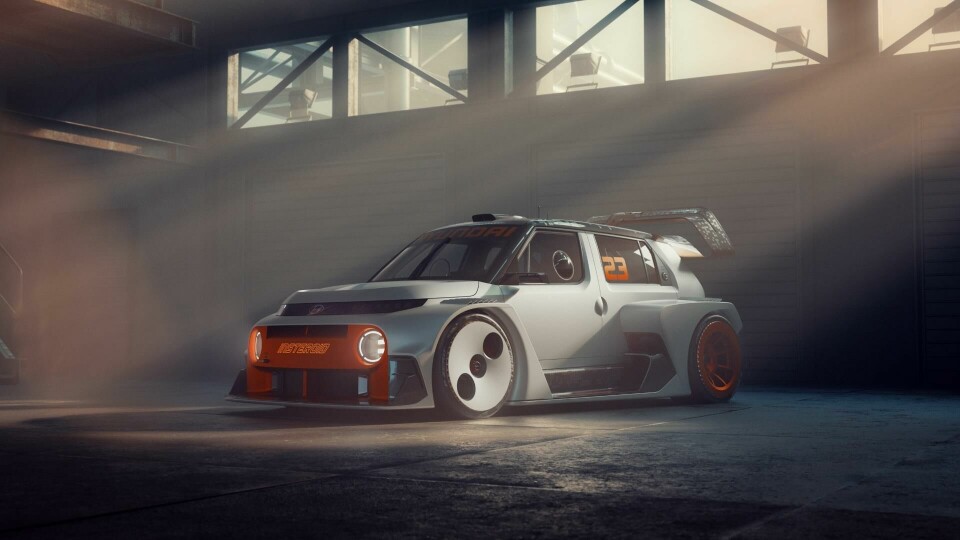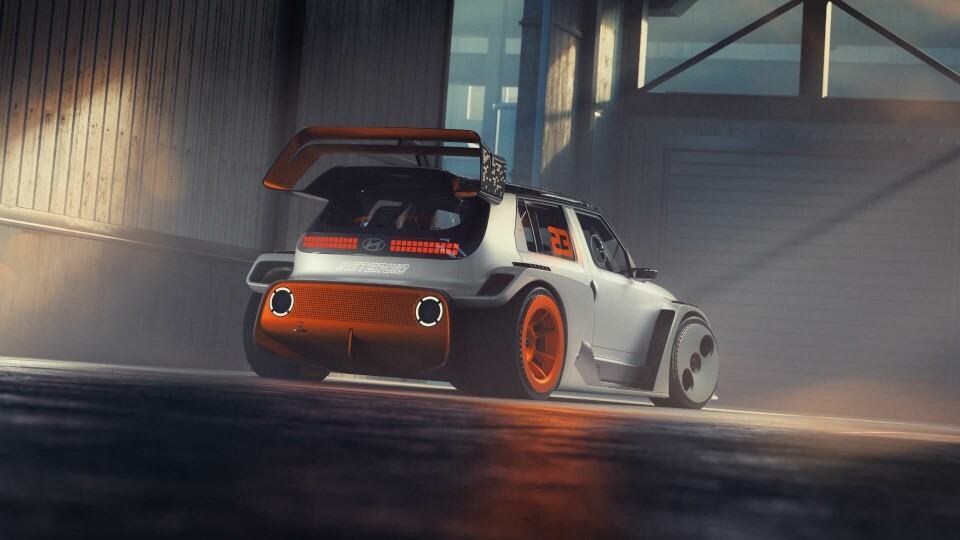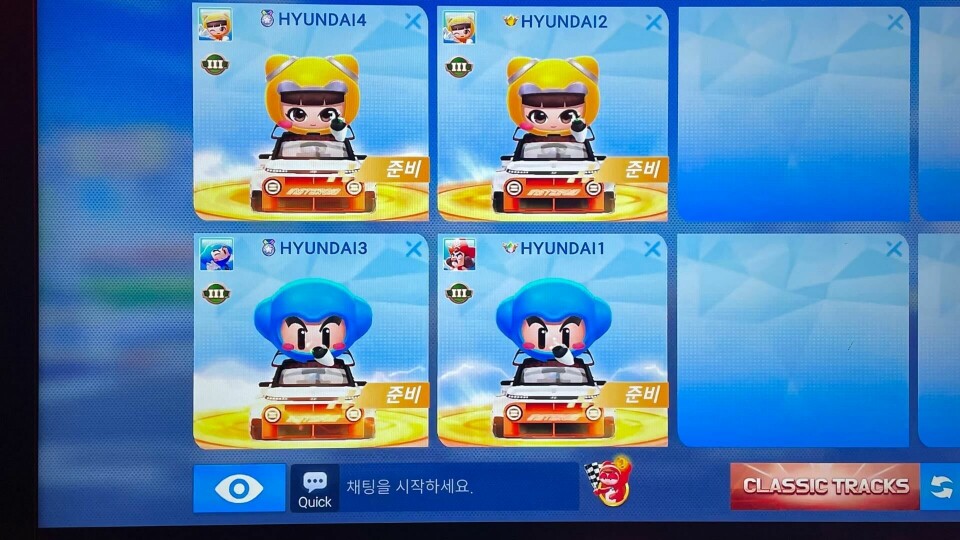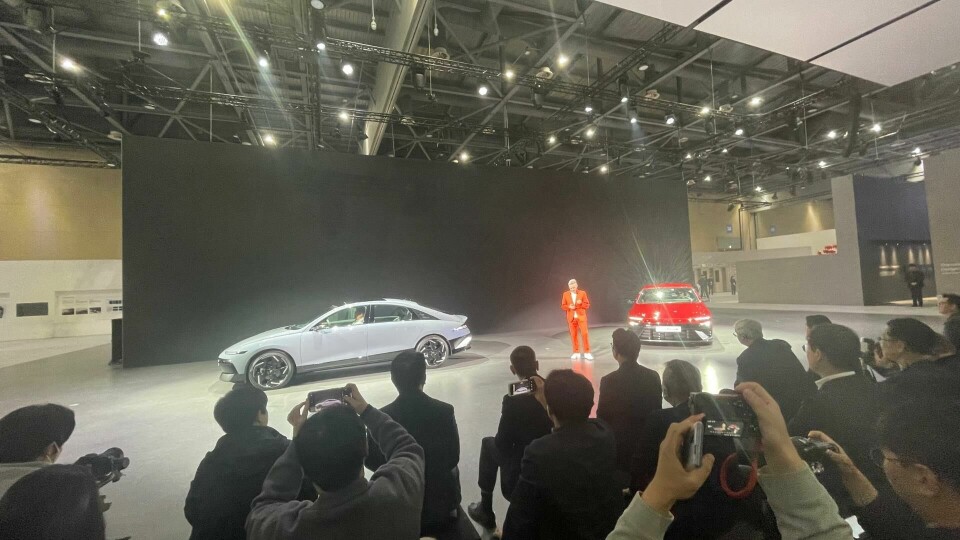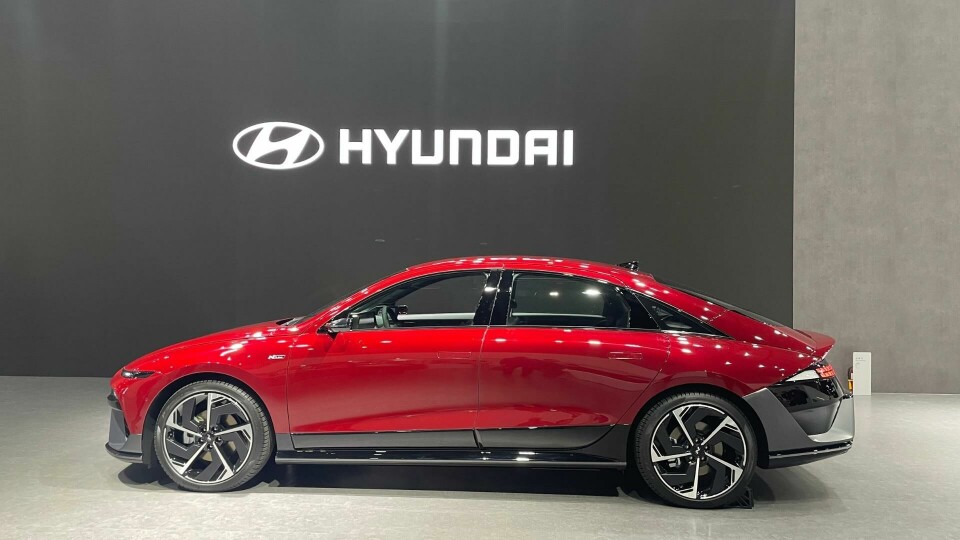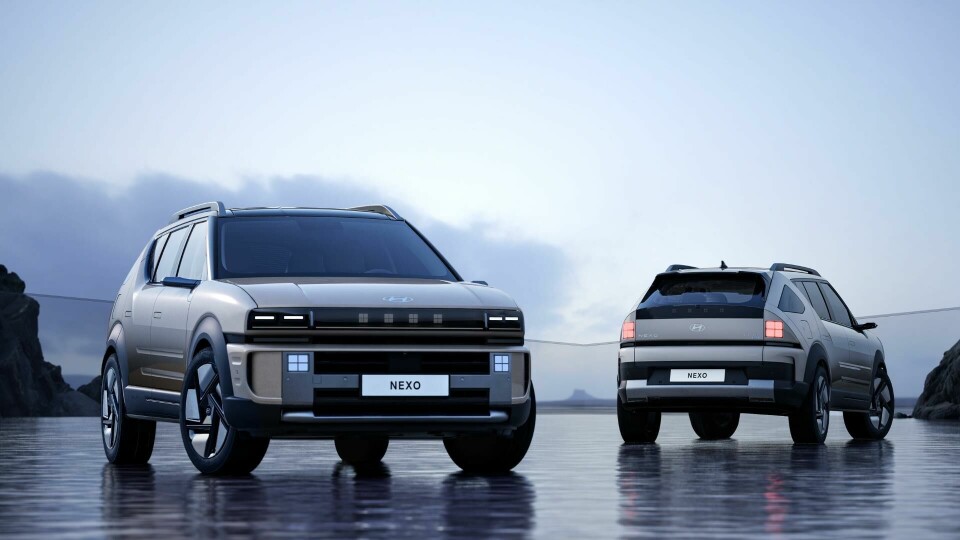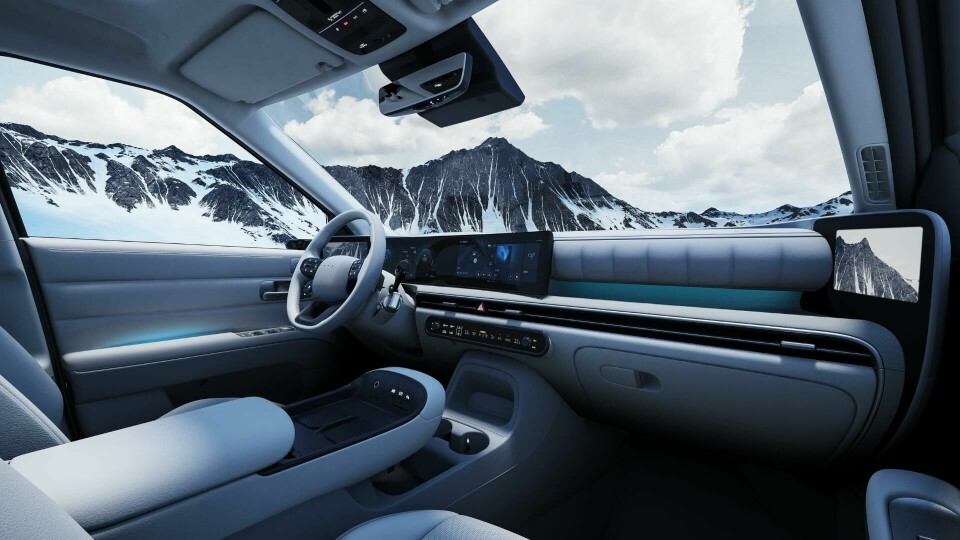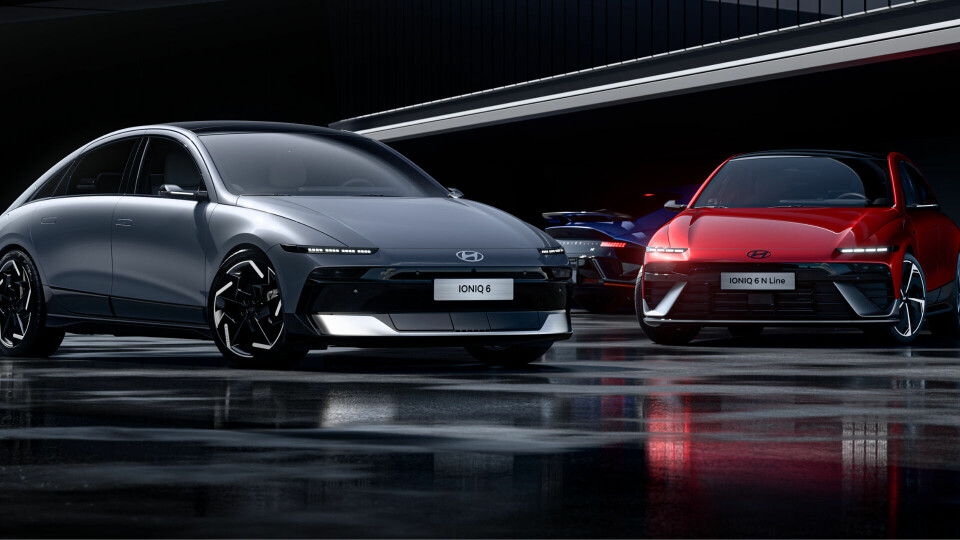
First Sight: Hyundai’s 2025 Seoul Quartet
The Korean powerhouse brand Hyundai chose the Seoul Mobility Show in early April to unveil not one, but four new cars, mostly playing very different tunes, but still united by the pixel
It can be hard to keep track of Hyundai design sometimes. Such is the brand’s current output. But on the ground in Seoul, Car Design News got to see its latest four vehicles up close and personal, made up of three smartly grounded new production cars, and one intentionally ‘out there’ concept.
Kicking off with the latter – launched first, two days before the main show at a separate venue in the trendy Seoungsu–dong district – the Insteroid concept is an example of Hyundai’s design team just having fun. The story goes that design management liked an exterior sketch they saw by Christofer Saetrang so much, they decided to make it in full size and show the world.
The premise was then to make a concept that could appeal to the younger generation and the result is a slammed and widened Inster EV (the Casper in Korea) with a stripped-out and customisable interior by Arnav Bade.
The dinky Inster underpinnings are almost lost in the ‘Insteroidal’ transition, as Saetrang quipped at the unveil: “I know it doesn’t look like an Inster too much anymore, but it’s in there somewhere”.
There is no production intent for the Insteroid – like say the Renault 5 Turbo 3E version of the regular new R5, which in some ways the Insteroid resembles in spirit – it’s just Hyundai flexing its design muscles and enjoying the ‘what if’. It is a car you can drive in virtual form though. The vehicle is already an option within the KartRider video game, which judging from a few laps undertaken at the launch, appears to be a particularly cute Korean take on Mario Kart.
More serious and definitely something that will be in physical showrooms soon, is the new Ioniq 6. Unveiled on the first press day of the Seoul Mobility Show, it is a significant move on design-wise from the model only recently put into production in 2022. At the front, the lights have been greatly reduced in size and complexity to just four pixels on each side against a darkened background.
As designers we always talk about how some of the best products in the world are the simplest
Alongside the deletion of one of the previous car’s rear spoilers and an increase in size of the lower one to become a ‘ducktail’, the overall result enhances and lengthens the curve of the ‘streamliner’ silhouette to great effect. Technically only a facelift, with some small changes to the interior, including a redesigned steering wheel, the exterior visual transformation is major, and impressive up close.
Why were the changes so big and swift? Senior vice president and head of Hyundai Design Center, Simon Loasby – resplendent in an orange suit and white T-shirt on the first press day’s presentation – explained candidly how the visual changes came about.

“It’s all about analysis,” he began, holding court in a small side room off the main presentation stage to a small group of media. “As designers we always talk about how some of the best products in the world are the simplest. So we spoke to our aerodynamics guys – because aero is such an important point of the streamliner design – and said, ‘how can we simplify the rear?’”
”We’ve got this double deck, but can we have one spoiler instead of two? And they said, ‘if you make that ducktail bigger – and who doesn’t like a big ducktail? – you could get that simplicity. It’s just purified. Instead of your eye coming over the roof and stopping higher [at the first generation’s upper spoiler], on the new car your eye now goes lower down, so it lengthens the line by another 30cm. Physically the car is not lower, but visually these tricks make it feel lower. That was our push.”
For customers who might want a go-faster-looking version of the Ioniq 6, Hyundai also unveiled the N Line version, which is quickly visually differentiated by its gloss black lower cladding that extends back in an upward sweep to nestle under the rear lights with some altered wing-shaped bumpers too (drawing inspiration from the 2022 RN22e Rolling Lab concept).
Those wanting an actually go-faster Ioniq 6 won’t have to wait long either. The N version – with the promise of physically enhanced performance, ride and handling, plus digital sonic pops and bangs, à la the already acclaimed Ioniq 5 N – will be unveiled at the Goodwood Festival of Speed this summer.
Finally – and perhaps the most important of this quartet for clues about future Hyundai design cues – the second-generation of the niche Nexo fuel cell electric vehicle (FCEV) was also unveiled at the 2025 Seoul Mobility Show.
Based closely on the late 2024 Initium concept, Hyundai is calling its new exterior design direction ‘Art of Steel’ and the basic premise is that this and future designs across the whole range (well beyond just the fuel cell models) will visually reflect the strength and malleability of the metal material.
As Loasby continued: “We wanted to execute this Nexo with a much more SUV-like, capability-driven character. The interior space is also a much calmer, comfortable and furnished space, rather than a ‘tech fest’. This ‘Art of Steel’ approach will have different executions. We have so many projects and products in so many regions that if they were all under one aesthetic, what’s the difference? And because our customers are different and have different mindsets we tune our designs towards them. An Insteroid customer is not the same as an Ioniq 6 customer, or a customer for the Nexo. So do the cars’ designs have to look exactly the same? Probably not.”
All in all, another impressive set of unveils for Hyundai then, and with a design bandwidth that seems to be getting ever wider. As Loasby succinctly concluded: “The Insteroid is just fun, Ioniq 6 got better and Nexo – new design language. There it is. Keep rolling them out. And we’ve got lots [more] coming in the next two years.”
